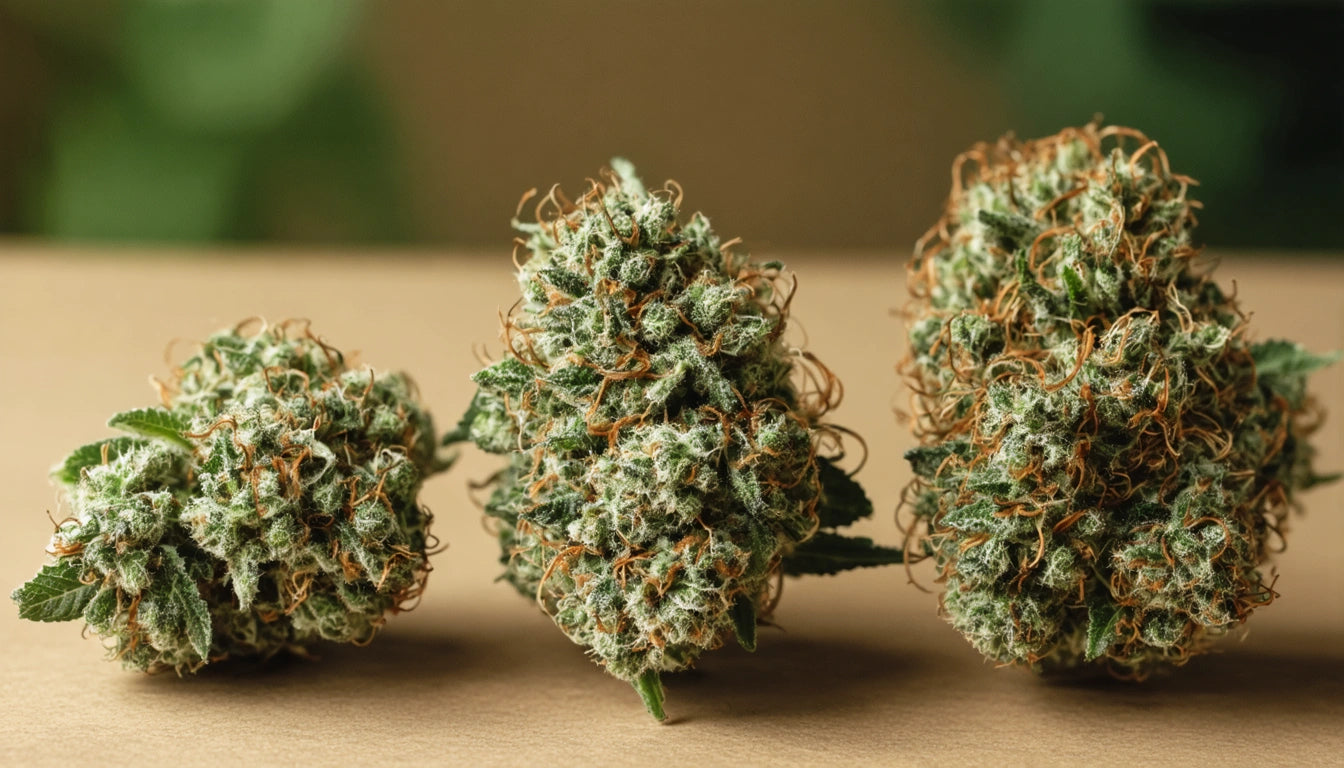Table of Contents
Understanding Cart Pens: Types, Costs, and Compatibility
Cart pens have become increasingly popular in the cannabis consumption landscape, offering convenience, discretion, and controlled dosing. However, many users still have questions about what exactly is in a cart pen, how they differ from other vaping devices, and whether all carts fit the same pen. This comprehensive guide addresses these questions and more to help you make informed decisions about cart pens.
What Is a Cart Pen? Basic Components and Functionality
A cart pen, short for cartridge pen, consists of two main components: a battery (the pen) and a cartridge (the cart). The battery provides power to heat the contents of the cartridge, which typically contains cannabis oil or distillate mixed with terpenes and sometimes cutting agents.
According to our guide on understanding carts, these devices work through a simple mechanism:
- The battery powers a heating element (coil) inside the cartridge
- When activated, the coil heats the oil to vaporization temperature
- The user inhales the vapor through the mouthpiece
- Most modern cart pens feature button activation or draw activation
Carts vs Pens: Understanding the Key Differences
The terms "cart" and "pen" are often used interchangeably, which creates confusion. To clarify the pen vs cart debate:
The Pen (Battery)
The pen refers to the battery portion that powers the device. It typically includes:
- A rechargeable battery
- Activation mechanism (button or draw-activated)
- Connection point (usually 510-thread)
- Power settings (in some models)
The Cart (Cartridge)
The cart is the replaceable component containing the cannabis oil. As detailed in our comprehensive cart guide, carts include:
- Oil chamber
- Heating element
- Mouthpiece
- Connection to battery
Compatibility Issues: Do All Carts Fit the Same Pen?
A common question is whether all carts fit the same pen. The short answer is no, though there is a dominant standard.
Most carts and pens use what's called a "510 thread" connection, which has become the industry standard. However, some brands use proprietary connections to ensure customers purchase within their ecosystem. When storing carts for future use, it's important to maintain proper humidity levels, which is why many users rely on humidity control packs to preserve their products and maintain optimal conditions.
According to our comparison of dab pens vs carts, compatibility issues can arise from:
- Thread type (510 vs proprietary)
- Cart diameter (some pens can only accommodate certain widths)
- Voltage requirements (some carts work best at specific voltages)
- Airflow design differences
Cost Factors: How Much Is a Cart for a Pen?
The cost of a cart for a pen varies widely based on several factors. Our detailed price guide explains that cart prices typically range from:
- Low-end: $20-30 for 0.5g carts
- Mid-range: $30-50 for 0.5g carts
- Premium: $50-70+ for 0.5g carts
- Full gram (1g) carts generally cost 50-80% more than their 0.5g counterparts
Price variations depend on:
- Oil quality and extraction method
- Brand reputation
- Hardware quality
- Cannabis testing and compliance costs
- Regional market factors and taxes
Best Cart Pens: Top Options for Different Needs
When looking for the best cart pen, consider your specific needs. Our guide to top-rated vape pens suggests evaluating:
For Beginners
- Draw-activated pens (no buttons to manage)
- Fixed voltage options
- Pen and cart all-in-one starter kits
For Enthusiasts
- Variable voltage batteries
- Preheat functions
- Extended battery life
- Display screens showing settings
For Discreet Users
- Palm or key fob batteries
- Low-profile designs
- Minimal vapor production settings
Popular features in the best cart pens include USB-C charging, session timers, and battery life indicators. Some advanced models even offer app connectivity for precise temperature control.
Maintenance Tips for Extending Cart Pen Lifespan
To get the most value from your cart pen investment, proper maintenance is essential. Our functionality guide recommends:
- Clean the connection points regularly with isopropyl alcohol
- Store batteries at room temperature
- Keep carts upright to prevent leaking
- Avoid overtightening carts, which can damage threads
- Charge batteries fully before first use
- Don't leave batteries charging overnight
Following these simple maintenance steps can significantly extend the life of both your pen battery and ensure optimal performance from each cart you purchase.
As the cart pen market continues to evolve, we're seeing advancements in materials, heating technology, and battery efficiency that promise to enhance the user experience further while addressing some of the current limitations in compatibility and consistency.











Leave a comment
All comments are moderated before being published.
This site is protected by hCaptcha and the hCaptcha Privacy Policy and Terms of Service apply.